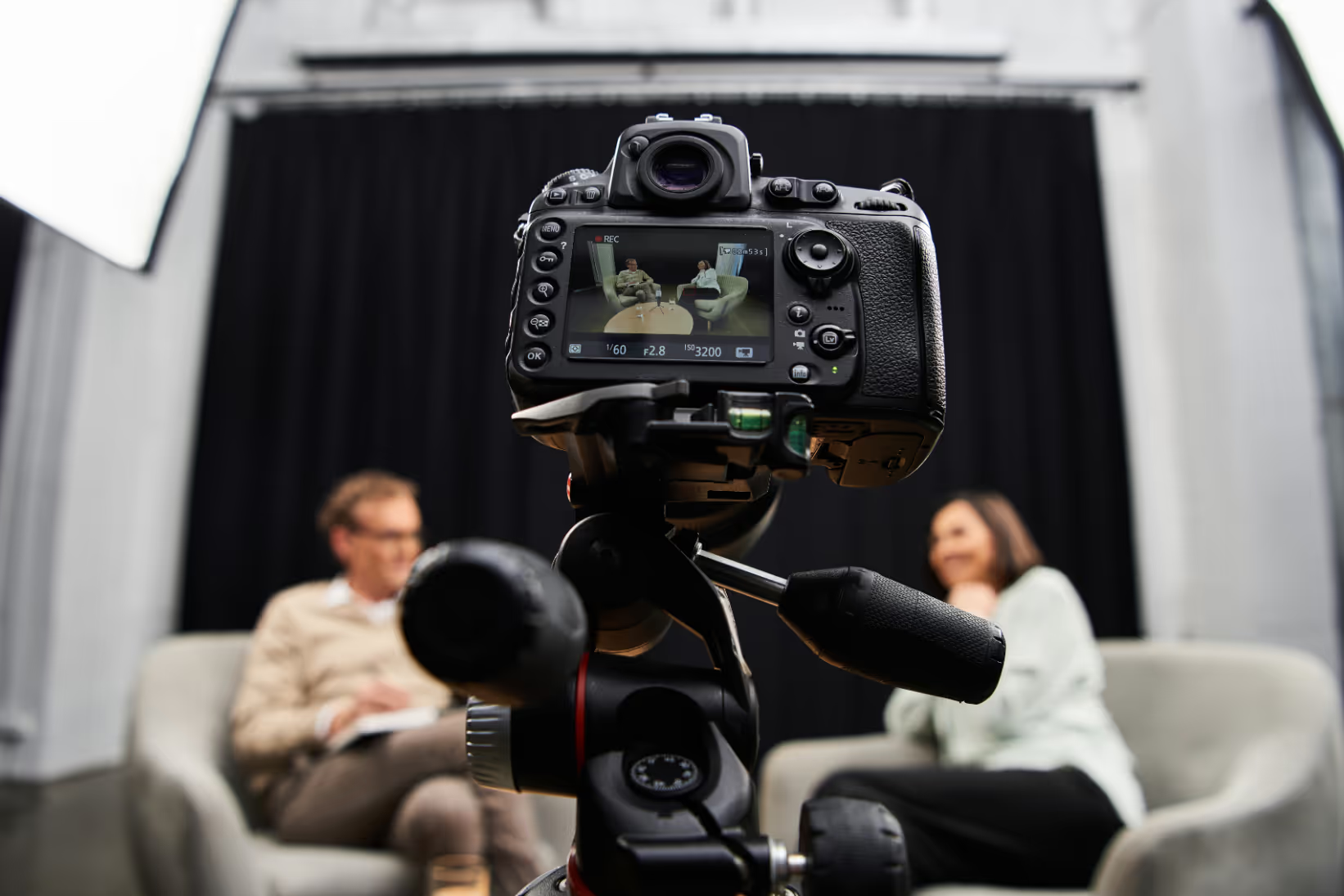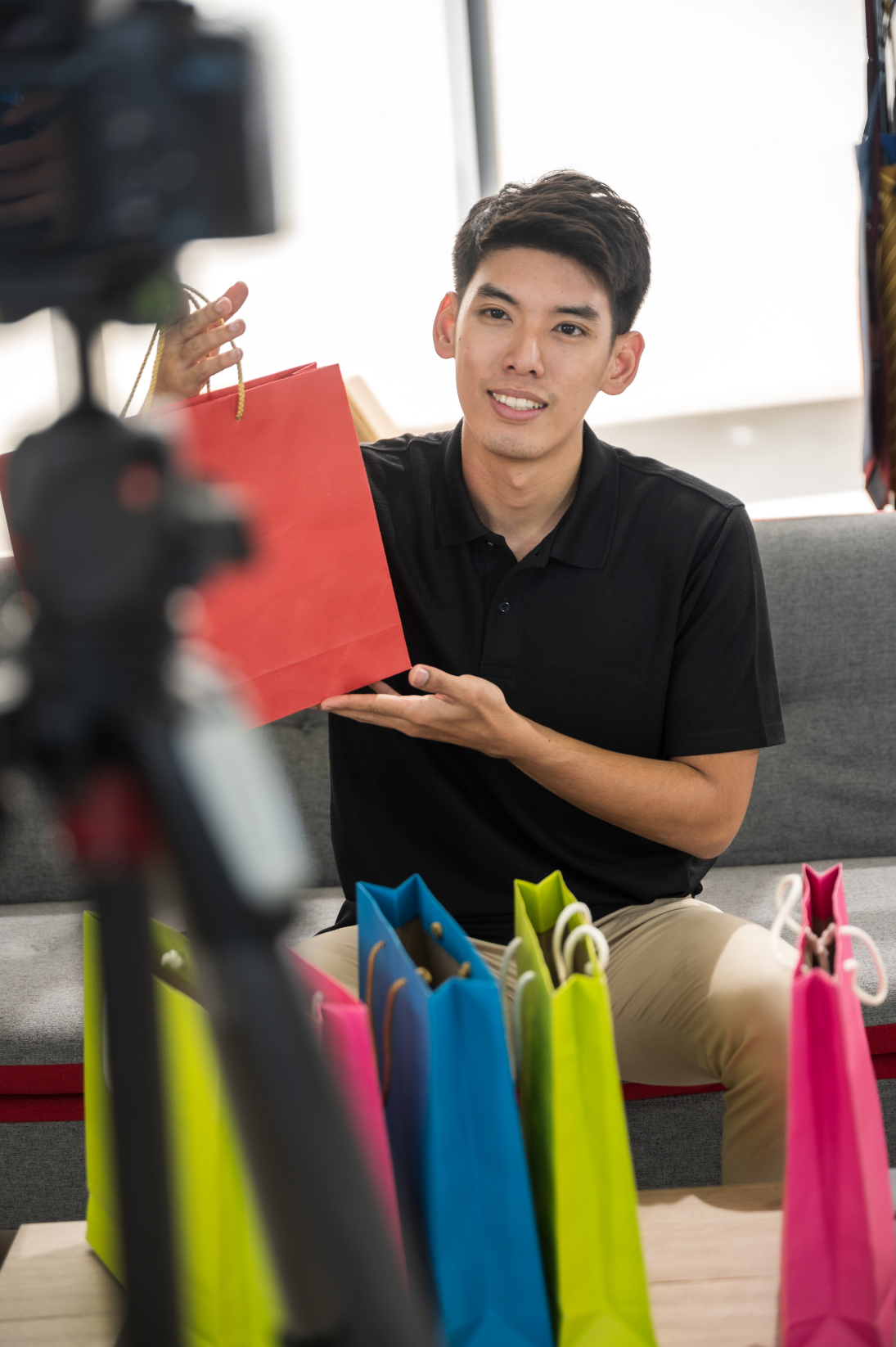Precision Lighting: Elevate Your Film Production Quality

In the intricate tapestry of filmmaking, every thread contributes to the final masterpiece. While captivating performances, compelling scripts, and meticulous sound design often grab the spotlight, there's one element that quietly, yet profoundly, shapes perception, evokes emotion, and guides the audience's eye: lighting. It’s not just about making things visible; it’s about making them feel, making them real.
Precision lighting is the art and science of harnessing light to achieve specific narrative, aesthetic, and emotional goals. It transforms a mere shot into a visual statement, distinguishing amateur footage from professional cinematic quality. On www.filmbaker.com, we believe that understanding and mastering light is one of the most powerful ways to elevate your film production. Let’s explore how.
The Foundational Role of Light: Beyond Illumination
Think about your favorite films. What makes a dramatic moment truly resonate, or a quiet scene feel intimately personal? Often, it’s the masterful interplay of light and shadow. Light defines form, separates subjects from backgrounds, and creates a sense of depth that is crucial for a three-dimensional medium like film. Without deliberate lighting, your images can fall flat, lacking dimension, mood, and visual interest. Poor lighting can distract, misrepresent, or even obscure the very story you’re trying to tell, leaving your audience disengaged.
Conversely, strategic lighting communicates implicitly. A single, harsh light from below can instantly signal menace; a soft, warm glow from a window can convey comfort and nostalgia. It tells us about the time of day, the season, the location, and even the psychological state of a character. Understanding light’s fundamental expressive power is the first step toward wielding it precisely, transforming your production from good to truly exceptional. It's about sculpting the frame, not just illuminating it.
Practical Tip: Observe and Analyze
Train your eye to see light everywhere. Before you even set up a single fixture:
- Study Natural Light: Pay attention to how light changes throughout the day, how it streams through windows, reflects off surfaces, and creates shadows. Notice its color and intensity.
- Analyze Films: Watch your favorite movies specifically for their lighting. Pause scenes and ask yourself: Where is the light coming from? Is it hard or soft? What mood does it create? How does it define the characters or environment?
Mastering Precision: Key Elements and Techniques
Precision lighting isn't about owning the most expensive lights; it's about understanding how to manipulate fundamental properties of light. At its core, many setups build upon the classic three-point lighting system: the Key Light (the main light source), the Fill Light (which softens shadows created by the key), and the Backlight (which separates the subject from the background, adding dimension). However, true precision goes beyond this basic framework. It involves a deep understanding of light quality, color, and direction.
The quality of light—whether it’s hard or soft—dramatically impacts the mood. Hard light, often from a small, direct source, creates sharp, defined shadows and high contrast, evoking drama or intensity. Think of a film noir scene. Soft light, diffused through a larger source, produces gentle, feathered shadows and a more even illumination, often conveying warmth, comfort, or romance. Mastering the control of these qualities using diffusers, scrims, flags, and reflectors allows you to paint with light and shadow, tailoring the mood precisely to your narrative needs. Adding practical lights (lamps, candles, monitors within the scene) also grounds your lighting in reality, making the artificial feel natural.
Practical Tip: Experiment with Modifiers
Don't just turn on a light; shape it.
- Diffusion: Use softboxes, diffusion silks, or even bedsheets to soften harsh light and create a more flattering look.
- Flags & Grids: Control spill and direct light precisely. Flags block light, creating shadows, while grids narrow the beam, giving more control over where the light falls.
- Reflectors: Bounce light back onto your subject to fill shadows naturally, especially effective in outdoor or available light scenarios.
Lighting as Storytelling: Elevating Narrative and Emotion
Beyond merely illuminating the subject, precision lighting becomes a powerful tool for storytelling. It’s about more than just making your actor visible; it's about revealing their internal state, defining their environment, and guiding the audience's emotional journey. Consider how a single light source can indicate a character's isolation, or how a change in color temperature from warm to cool can mark a shift in narrative tone or the passage of time. Are you creating a sense of intimacy, or one of vast emptiness? The way you sculpt light can answer these questions implicitly.
Shadows are just as important as light. They create mystery, add depth, and can conceal or reveal information. Learning to use negative fill (absorbing light to deepen shadows) or shaping shadows with flags is crucial. Every creative lighting choice, from the angle of a key light to the subtle glow of a practical, should serve the story. This level of intentionality transforms lighting from a technical necessity into an expressive art form, ensuring that every frame you capture resonates with your audience on a deeper, more profound level.
Practical Tip: Light for the Scene's Objective
Before you set up a single light, ask yourself:
- What is the emotional tone of this scene? (e.g., tense, romantic, mysterious, joyful)
- What information do I want to convey about the character or environment? (e.g., character is vulnerable, setting is oppressive)
- Where should the audience's eye be drawn? Use highlights and shadows to direct attention.
- How does this lighting serve the overarching narrative? Avoid generic "good" lighting; aim for "purposeful" lighting.
Conclusion: The Luminous Difference
Precision lighting is not merely a technical skill; it's an artistic discipline that profoundly impacts the quality and emotional resonance of your film. By understanding the foundational principles of light, mastering the tools and techniques to shape it, and, most importantly, leveraging it as a storytelling device, you unlock a new dimension of cinematic expression. It’s the difference between merely showing and truly compelling.
Elevating your film production quality through meticulous lighting choices is a continuous journey of learning and experimentation. When you’re ready to take your craft to the next level, or need expert guidance and resources for your next project, remember that comprehensive support is just a click away. Connect with us at FilmBaker to explore how we can help illuminate your cinematic vision. Visit filmbaker.com/get-in-touch and let's bring your stories to light.


